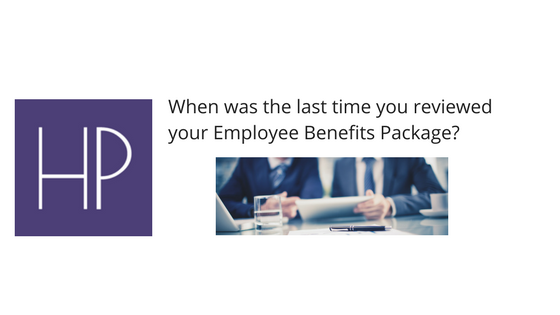We all know that business owners tend to take on a lot of different roles within their business. It’s the nature of the beast. But sometimes you, or one of your team, end up taking on a role that isn’t in your wheelhouse of expertise and you manage it as best you can. Managing employee benefits and the associated risks well is so important. Here’s a great checklist to work through with your employee benefits broker to make sure you are on top of things. Get in touch with your client service partner to get more information.
We encourage our clients to review their benefits program annually with their broker to ensure that they are properly managing the employee benefits administrative process.
The objective is to confirm that the employees are receiving the coverage for which they qualify and that the company has documented information on file in the event of any potential future employee claims dispute. If defensive measures have been incorporated into the administrative process, potential legal liability can be mitigated or eliminated.
Participants in the Employee Benefits Checklist review should include:
- The financial decision maker in the company
- The Plan Administrator and
- Your employee benefits broker
This annual review is encouraged for all clients, but is particularly valuable for employers with fewer than 50 employees. It has been our observation that in companies with fewer than 50 employees, that the Plan Administrator is usually an existing employee who assumes this role in addition to the other functions that are already being managed. Most don’t have a human resources background or an in-depth knowledge of employee benefits administration.
We’ve developed this checklist for the three major components in the employee benefits business which are: Product, Pricing and Process.
Product
When was the last marketing completed for your existing employee benefits program?
Generally, when a benefits program is taken to market, carriers will investment spend to win your business. We recommend that a benefits program is marketed every three years to ensure that the current plan pricing is market competitive. Often the existing carrier will investment spend to keep you as a client.
When was the last time that you reviewed the plan design?
A plan design review could be triggered by many factors including employee turnover, potential plan enhancements, cost considerations etc.
Pricing
Do you fully understand why plan pricing changes annually when the employee benefits plan renews?
If you are confused by the renewal report and don’t understand the proposed pricing changes, meet with your employee benefits broker for a full review. Transparency and understanding of the plan renewal methodology will ensure that you make the right decisions regarding the employee benefits program.
Do you read and understand the quarterly utilization reports including the broker’s comments and the potential impact on renewal pricing?
These reports will provide you with an indication as to whether renewal pricing will remain the same, increase or decrease and will enable you to consider potential plan alternatives/adjustments prior to the annual renewal date.
Process
Does your Plan Administrator have an annual review meeting with your employee benefits broker to ensure that the important administrative practices are in place and are being applied throughout the business year?
There are two plan management components that are critical to the successful management of the employee benefits program. First, the insurance company service representative who introduces the Plan Administrator to the administrative process and is available to answer questions, as they arise. Secondly the employee benefits broker who implements the defensive planning components of the management process.
Do you know what your group benefits provider’s contractual definition of earnings is for your company?
Life insurance coverage, accidental death and dismemberment benefit and long-term disability income benefit are usually based on an employee’s qualified income. If you have excluded any eligible component of earnings, which might include commissions or regular bonuses etc. then you may be under reporting an employee’s income.
By under-reporting income, the company could be open to litigation in the event of a disability income claim or group life claim that has a lower payout than would have been received had the employee’s income been correctly reported.
An annual review of the plan administrative process by the Plan Administrator, the financial manager and your employee benefits broker will confirm for you that you are properly managing the benefits program and that you have implemented and are adhering to defensive planning strategies recommended by you broker.

